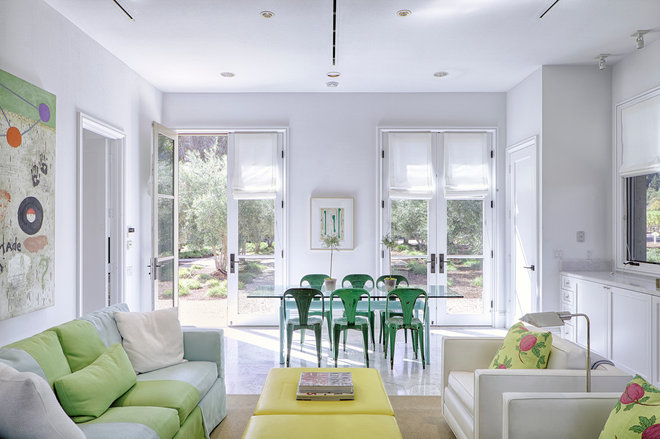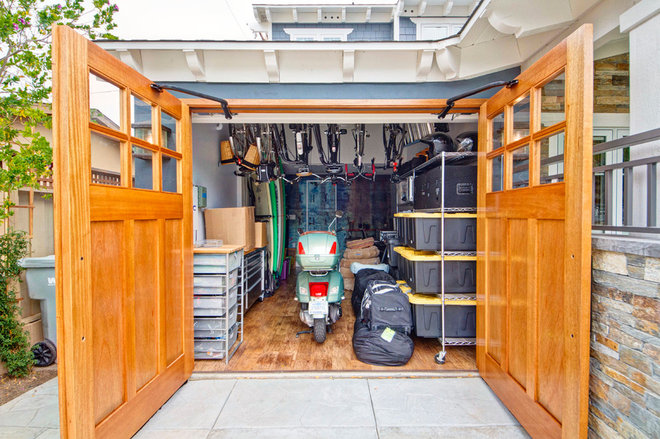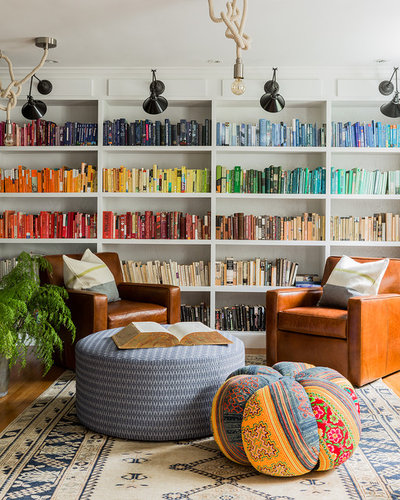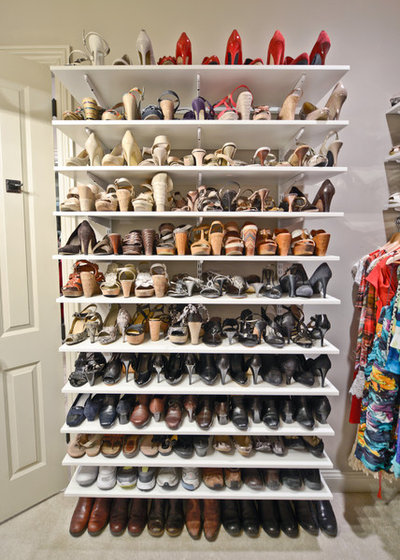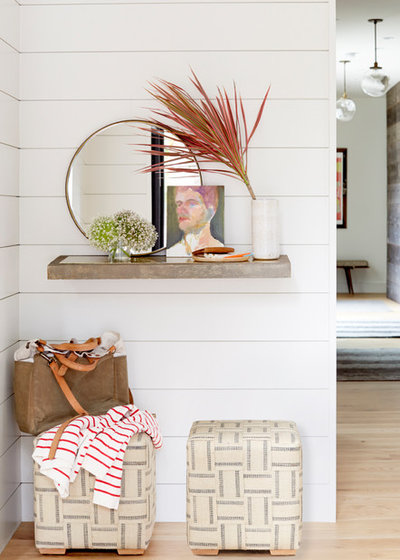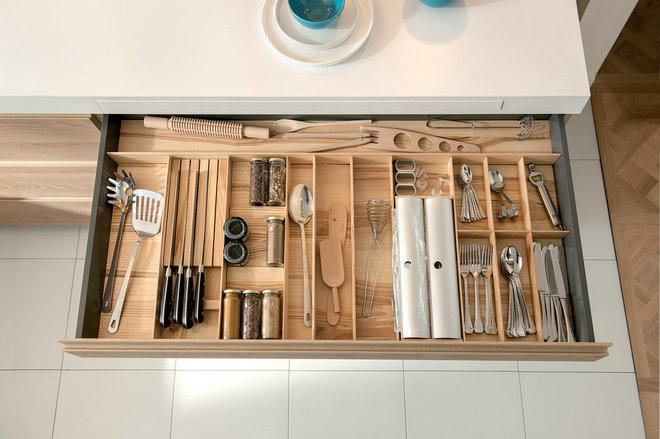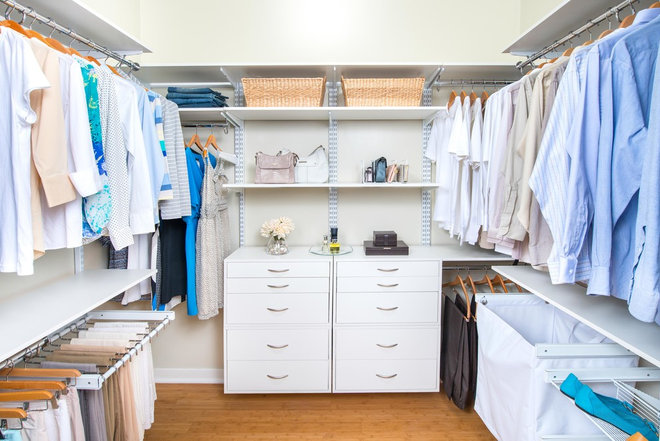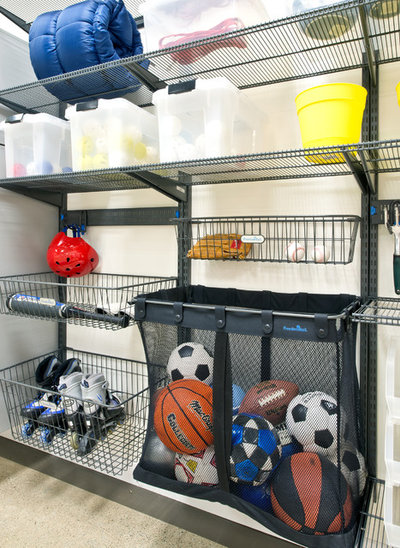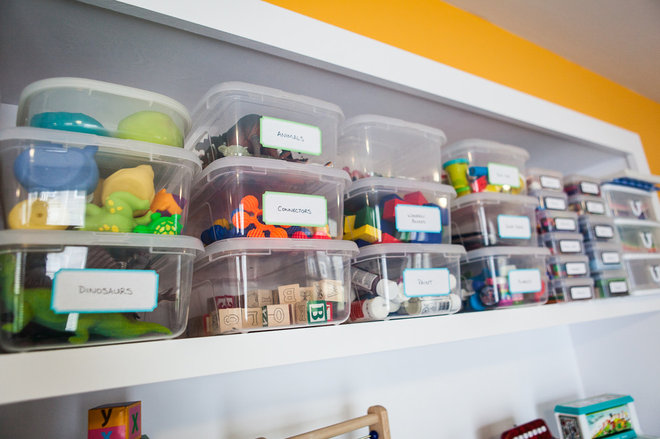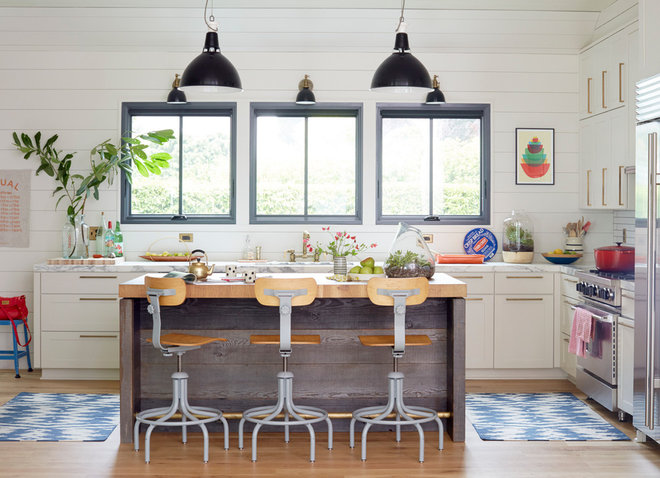Organizing? Don’t Forget the Essential First Step
Popular Stories
- Keep like with like (all cutlery together, all papers together).
- Fit drawers with drawer organizers sized for the type of items you plan to store there.
- Organize shelving with stackable storage boxes or bins (good for keeping small items contained) or shelf dividers (good for keeping sweaters from toppling over).
- Organize cabinets with risers (good for dishes) or lazy Susans (good for condiments and other small items).
- Organize surfaces with trays.
- Use clear containers when possible; this makes it easier to find what you are looking for.
- If the container is not see-through, be sure to label the contents.
- If you have been keeping clothing for purely sentimental reasons, move these items to a different location. There’s nothing wrong with keeping things because of the memories they evoke; they just don’t belong mixed in with your regular clothes.
- Get rid of clothing and accessories you can’t remember wearing in recent memory. If you’re hesitating, ask yourself why you haven’t worn the item. Is it uncomfortable? Not your style? Or do you need another piece to make it work in an outfit?
- Separate clothing that is not appropriate for the current season. You don’t need to move it out of the closet, just be sure your clothes for the current season are front and center.
- Making your closet more functional doesn’t have to cost an arm and a leg. A high shelf, some hooks on the wall and a basket or shoe rack on the floor may be all you need.
- If your closet is very dim, add a light so you can see your clothes.
- Collect any hazardous materials (weed killer, poisons, most house paint) and bring it to your local hazardous waste recycling and disposal facility.
- Give away or sell equipment you no longer use.
- Store frequently used items closer to the door in easily accessible, wall-mounted storage.
- Store less frequently used items along the back wall or in ceiling-mounted storage.
- Toss out items that are broken or missing parts. If you think you have the part somewhere, place the item in a separate “lost and found” bin until it resurfaces.
- Give away or sell toys that are clearly too young for your child.
- If you want to keep special toys as memorabilia or to hand down to a younger sibling, put them in a storage container away from the toys being currently used.
- Make toy storage easy for children to use. Think open bins and baskets, cubby-style shelving and clear containers.
- Rotate toys. Having too many toys out at once makes cleanup a real pain and can overwhelm children. Pack up some of the toys and move them to a high shelf or a closet in another room, and swap some in every few weeks or when you notice your children getting bored with the current offerings. It always amazes me how excited kids get about toys they haven’t seen in a while.
- Get rid of plastic food storage containers without mates.
- Donate unopened, shelf-stable food items that are still good (but that you know you will not use) to your local food pantry.
- Give away or sell highly specialized tools and appliances you rarely (if ever) use.
- Keep frequently used tools near the surface where they are used: knives near the cutting board, wooden spoons near the stove.
- Store heavy items in lower cabinets, lighter items up higher.
